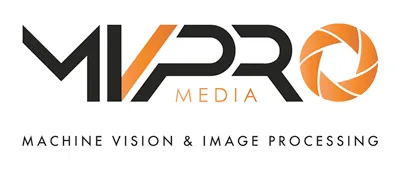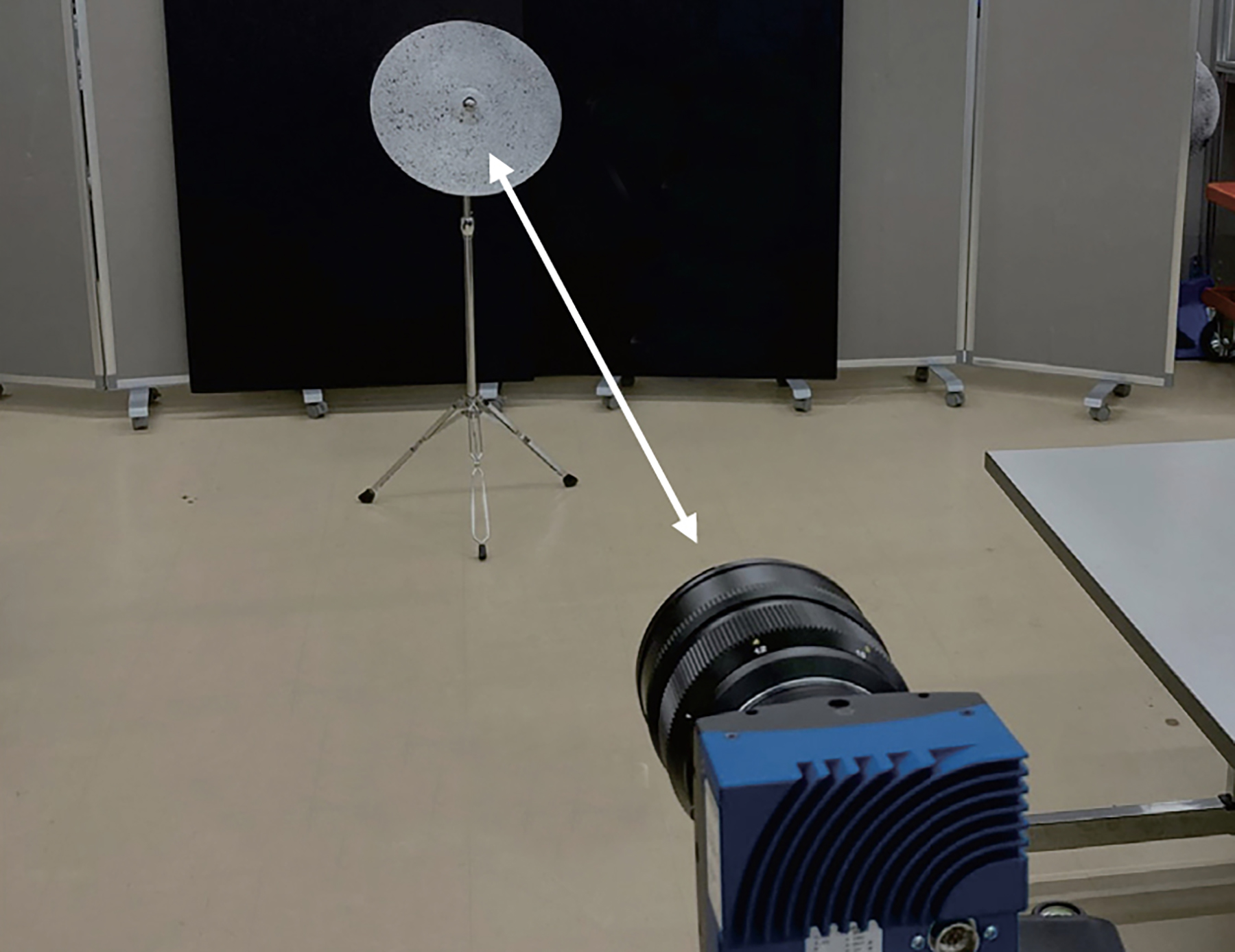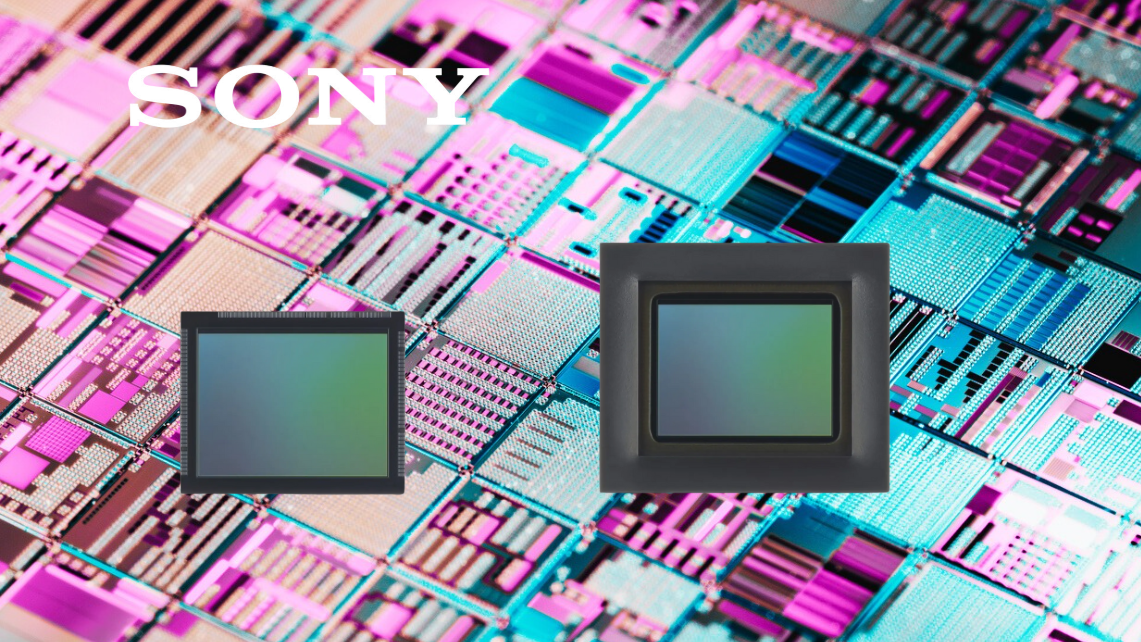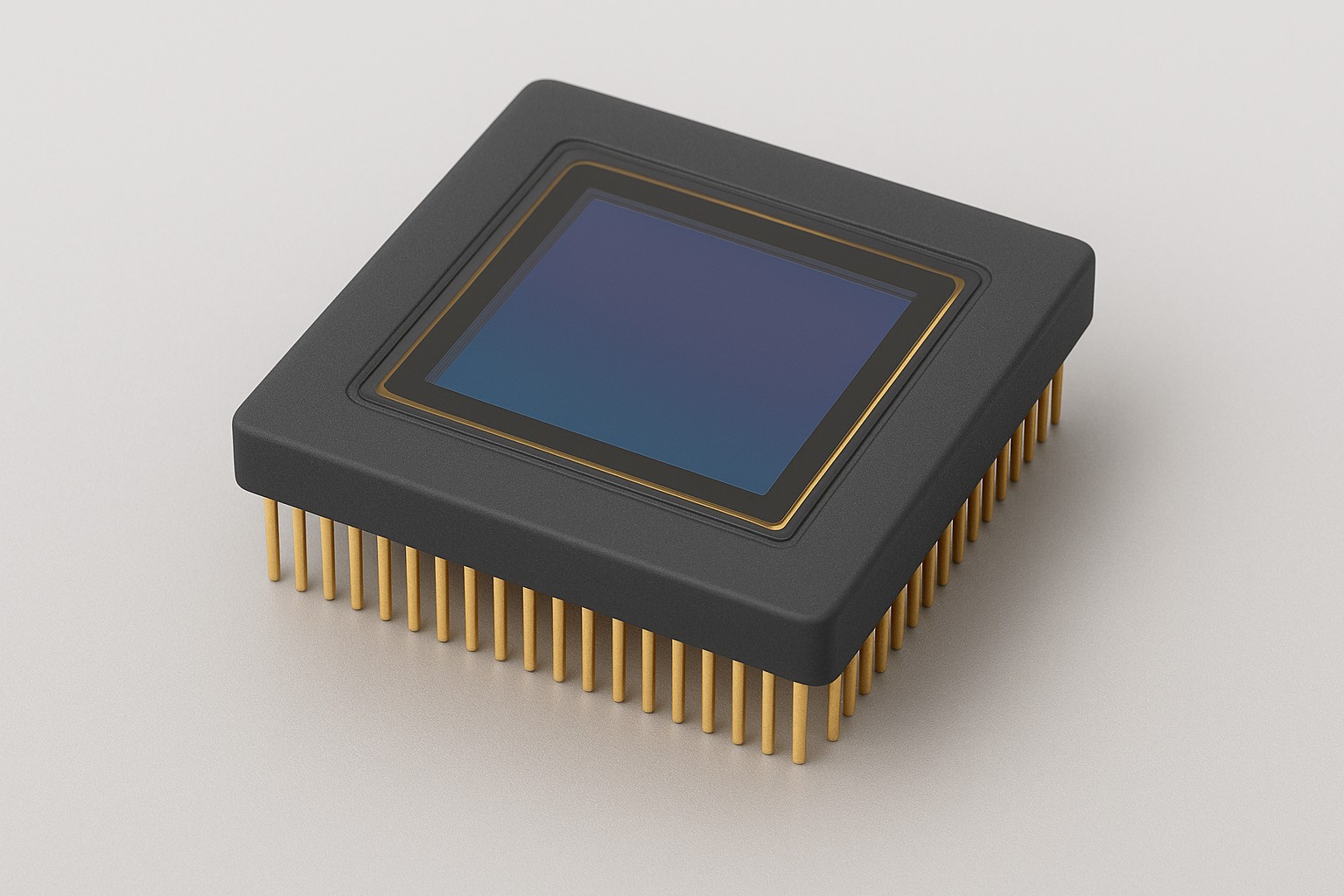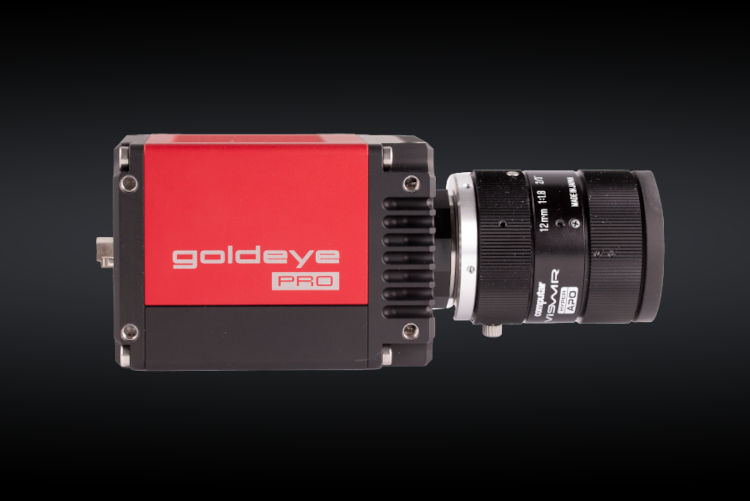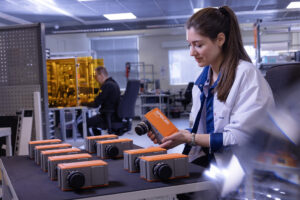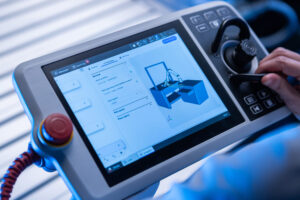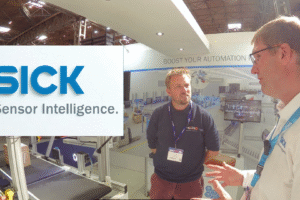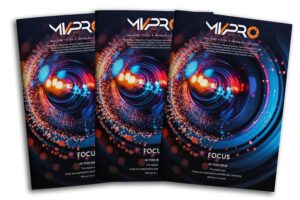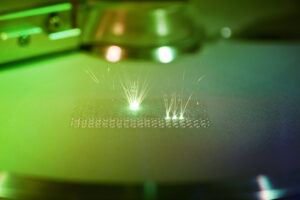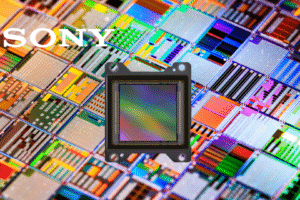In an era when predictive maintenance and structural safety are increasingly critical, researchers at Hiroshima University have unveiled a new way to monitor vibrations without ever touching the machine or structure in question. Using a high speed industrial camera from German manufacturer Mikrotron, the team has created a vision based platform that could one day help engineers detect mechanical faults or assess infrastructure health remotely.
Vibration monitoring has long been a cornerstone of mechanical diagnostics. Engines, bearings, gearboxes, and motors all produce tell-tale vibration signatures, and by analyzing those patterns, operators can catch early warning signs of wear and tear before they escalate into costly breakdowns. The same principle applies to large scale structures. Bridges, for example, can be surveyed for fatigue brought on by traffic loads, wind, or earthquakes.
But the traditional tools of the trade, accelerometers and piezoelectric sensors, have inherent drawbacks. These contact based instruments must be physically attached to the surface they are monitoring, which is often impractical or even impossible for moving or rotating components. Each sensor can only capture data from a single point, meaning complex structures require multiple devices. Harsh conditions such as extreme temperatures or corrosive environments can degrade performance, while the need for recalibration and maintenance drives up costs. In some cases long cable runs make sensor deployment unwieldy or unsafe.
Hiroshima University’s new approach sidesteps those limitations entirely by removing physical contact from the equation. Instead of attaching sensors, the researchers rely on a high speed camera to observe how a surface moves as it vibrates. By analyzing the captured video with a GPU powered algorithm, the system can translate subtle visual displacements into precise vibration data in real time.
At the heart of the setup is Mikrotron’s EoSens CoaXPress 12 camera, a device capable of recording full HD grayscale video at an astonishing 1000 frames per second. Paired with an 85 millimeter lens and connected via a frame grabber to a PC equipped with an Intel Core i9 processor and an NVIDIA GeForce RTX 3090 GPU, the camera feeds massive amounts of data into software written in C++ and CUDA. The result is accurate measurements of vibration frequencies between zero and 500 hertz, displayed instantly on a monitor.
To put their vision platform to the test, the team conducted two experiments, one on a cymbal and the other on a steel box.
In the first trial, a cymbal was struck with a wooden stick, left to vibrate freely, and filmed from four meters away. To aid measurement, its surface was painted with a speckled black and white pattern, providing the algorithm with visual reference points. The results were striking. The system successfully identified the cymbal’s natural resonant frequencies. It also showed that the outer edge vibrated more intensely than the center, insights that aligned closely with conventional sensor readings.
The second experiment examined an industrial steel box mounted on a vibration testing machine. Once again, the surface was speckled to assist image tracking. Although the entire box vibrated at the same frequency dictated by the testing equipment, the data revealed a clear gradient. The top of the box moved with greater amplitude than the bottom. Such detail could prove invaluable in detecting weaknesses in manufactured parts or spotting signs of uneven stress distribution in structural components.
In both cases the non contact system delivered results comparable to standard accelerometers and piezoelectric devices, with the added advantage of providing full field vibration data rather than single point measurements. Just as importantly, the system allows operators to see the vibrations directly in video form, a potentially powerful tool for engineers accustomed to parsing abstract data sets.
The implications extend well beyond the lab. If developed further, the technology could offer a practical solution for monitoring hard to reach or hazardous locations, from turbines and engines to bridges and skyscrapers. Because the camera based system does not require physical contact, it could function in environments where traditional sensors would degrade or fail.
The Hiroshima University team is already planning the next phase. Their goal is to refine the algorithm to generate even more accurate velocity fields, enabling engineers to map vibrations across entire surfaces with higher precision. They also intend to test the platform in real world applications, such as bridge monitoring and structural design validation.
By combining advances in high speed imaging with GPU computing, the researchers have shown that vibration can be measured remotely, quickly, and accurately. This opens the door to new applications in maintenance and safety where traditional sensors fall short.
For industries that depend on reliability and for communities that depend on safe infrastructure, the ability to monitor vibrations without contact could prove a game changer. Cameras may soon rival sensors as the eyes and ears of modern engineering.
Learn more at www.mikrotron.de
